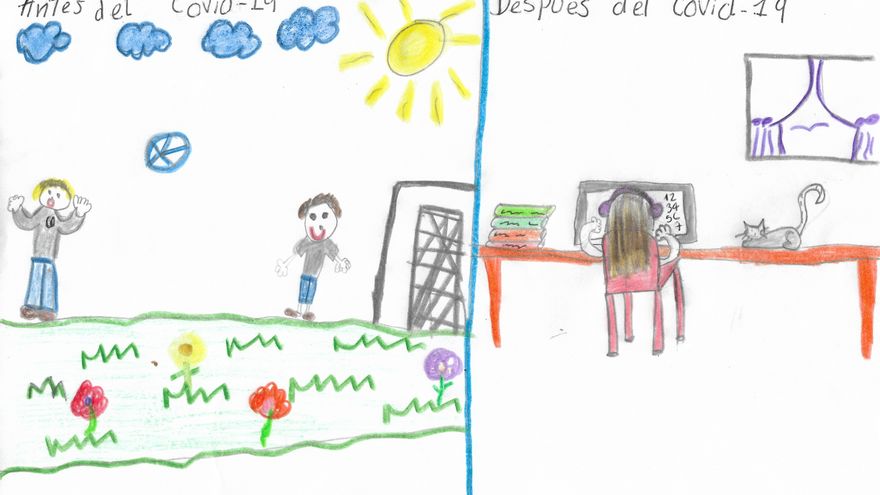WHO TEACHES WHOM?
- Autor invitado
- Nov 3, 2021
- 3 min read
It seems almost unbelievable that just over a year ago, we began the school year facing more uncertainty than the education system had experienced in decades. We were coming out of a period of forced lockdown, which meant the only possible response from schools was to offer remote support to children and their families. This situation revealed both the strengths and limitations of the system, testing schools’ ability to react and adapt, teachers’ digital competence, and the economic and sociocultural inequalities among schools and families — inequalities that, in practice, widened the gaps in children’s educational support.
Educational centers began an academic year full of doubts and insecurities. Since education is a fundamental right, attention had to be focused on the consequences of inequality and exclusion that had emerged and deepened during the lockdown. The public administration responded by prioritizing in-person education in early childhood, primary, and secondary stages; hybrid learning in upper secondary education; and remote learning in universities.
Teaching and learning are two sides of the same coin. Both give structure to school life through the educational space — a space that, more than ever, began to be conceived as relational: prioritizing learning over teaching and fostering a sense of community. Relational spaces are transparent, promote student autonomy, are flexible and adaptable, encourage curiosity, attention, knowledge, and, ultimately, learning. They are spaces where students become protagonists, playing an active role in constructing their own knowledge.
Before the pandemic, the various learning environments were represented by well-defined, thematically organized spaces. These settings maximized peer relationships, free movement, the integration of learning, and connections between different areas of knowledge.
However, the 2020–2021 school year began with the urgent and paradoxical challenge of rethinking and rebuilding everything. The situation was contradictory: we needed to strengthen relationships while creating safe spaces in which children from different classes could not have physical contact. But what about playtime? How could healthy bonds with teachers be built if encounters were only virtual? These and countless other questions arose in every corner of the school.
Tenderness and affection had to be conveyed from a physical distance — and the best way to do so was to embrace with our gaze. The educational response was to recreate small learning environments within each bubble group, offering spaces for dialogue, understanding, and care. The goal was to build a sense of safety, reinforcing the bonds among children in the same class — to foster cohesion and a sense of belonging to the group, as if they were survivors on the same shipwreck.

A NECESSARY CHANGE OF ROLES
Children achieved far more wisdom than we could have imagined: they learned to live with loss, frustration, anger, grief, and boredom — and to regulate all those emotions they will likely face again in the future. They also learned to manage their own time and gained autonomy in pursuing their studies. It’s clear that they learned how to learn, and in doing so, they even improved their digital skills.
For us, the teachers, the surprise was realizing that the solution was simpler than we thought: recognizing that learning came directly from life itself — meaningful and real learning that the pandemic inevitably embedded in every home.
Many families felt anxious and worried about all the academic content their children had not been able to cover. Our role then became one of transmitting security and confidence, helping them see that everything their sons and daughters were experiencing could be used as a powerful source of enrichment, experience, and learning.
A year after that experience, we can see the light at the end of the tunnel. The sense of victory is almost tangible, and once again, the resilience and adaptability of children in all schools have shone through.
It is well worth rethinking who teaches whom. Thank you, children — you are truly wonderful!
By NEUS SALVO.
